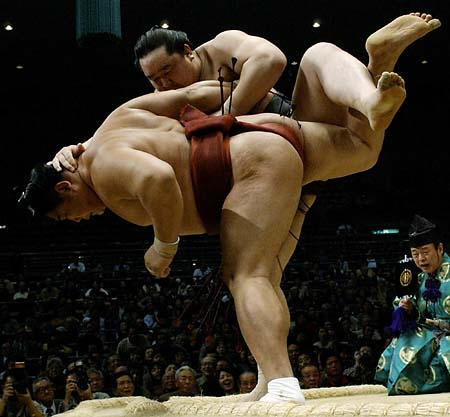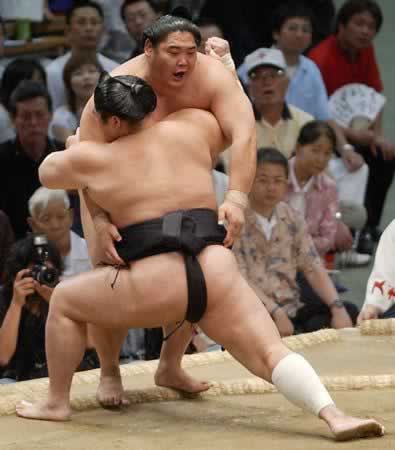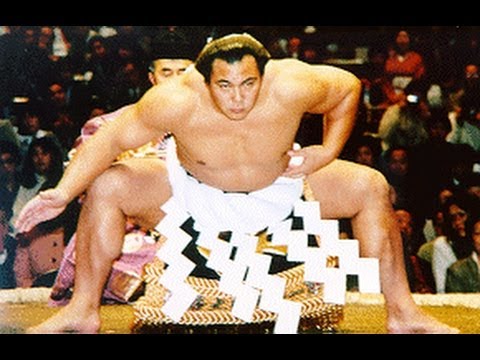 by NoSword on Mon Nov 17, 2014 9:59 am
by NoSword on Mon Nov 17, 2014 9:59 am
Very true, it is not an accidental quirk of the Chinese language, they have a very clear character for 'posture': "shi 勢." If they'd intended for the stances to be understood statically, they'd have used that character.
There is a big chain of dance studios that established itself through mail-order at the turn of the century, much as weight training was once taught through muscle mags. From what I understand they were the first to teach dance "from the feet up," drawing out outlines of shoes to teach various steps. That's how I think of the main 'steps' of Chinese gongfu.
AK
Last edited by
NoSword on Mon Nov 17, 2014 12:38 pm, edited 1 time in total.
Your identity is the enemy










